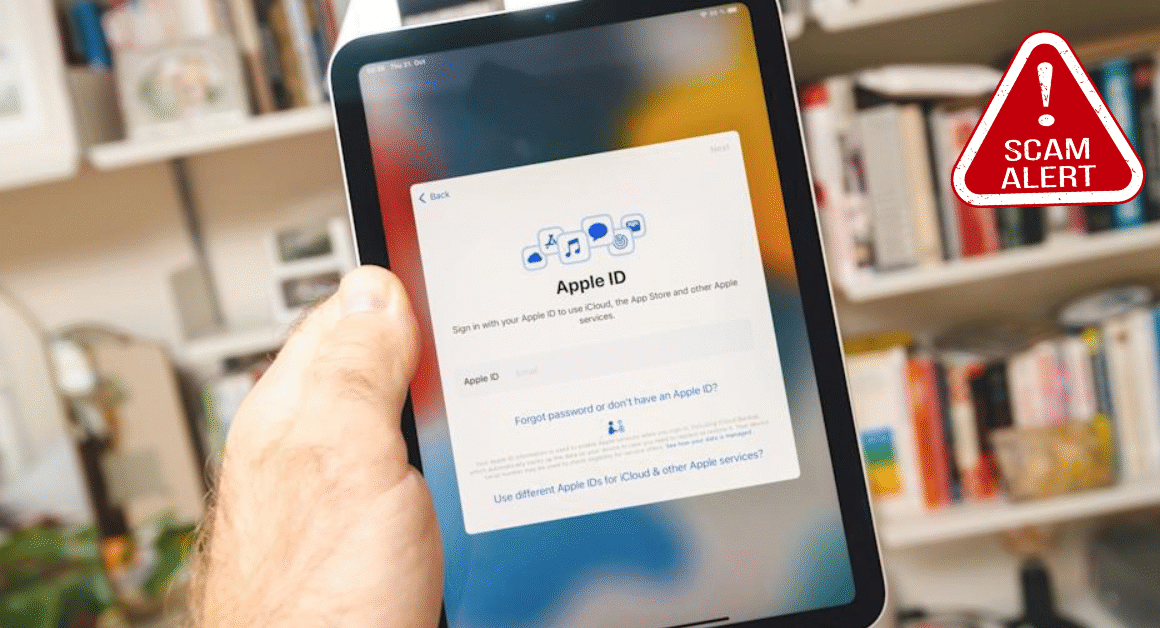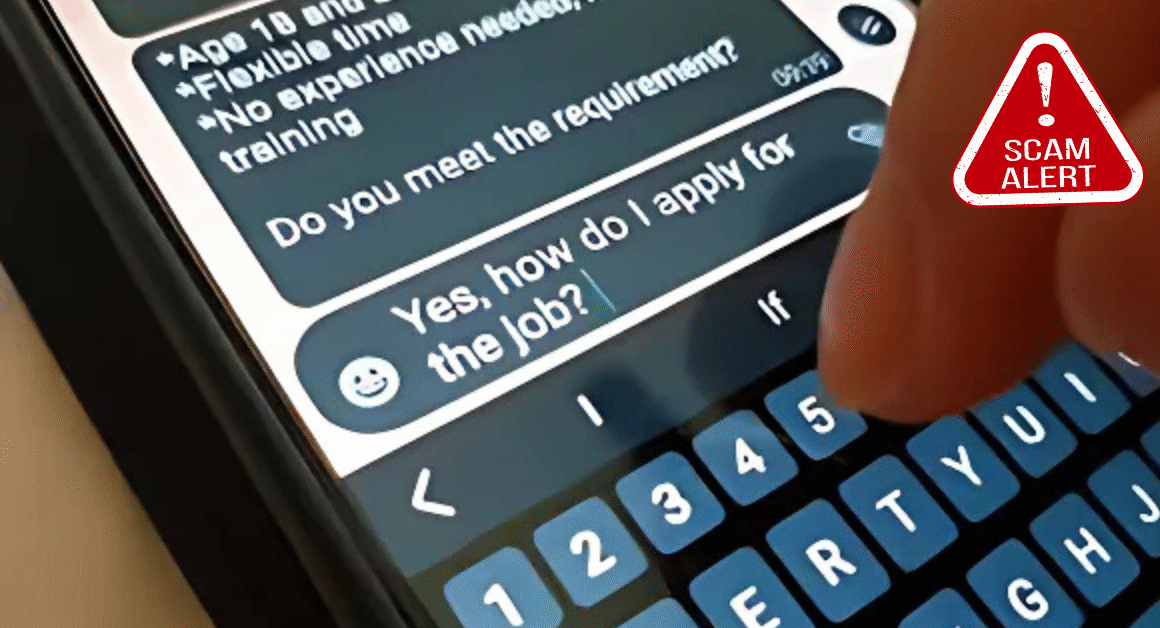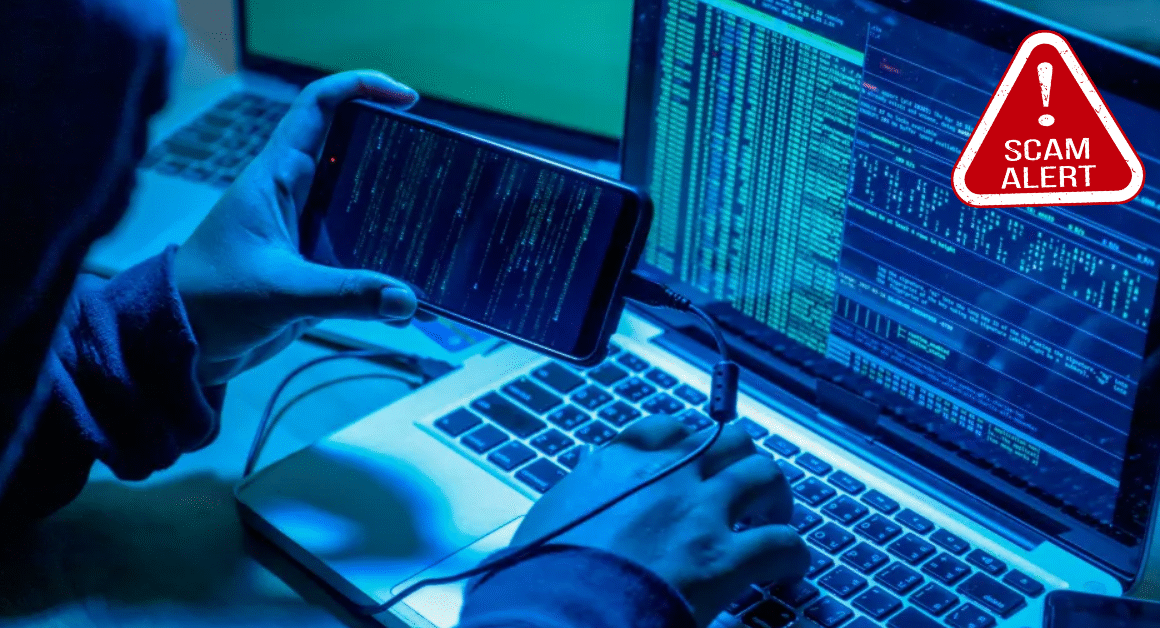Phishing scams are becoming more sophisticated, and Apple users are now being targeted through fake DocuSign emails. These scams look very convincing, making it hard to tell what’s real and what’s not. Many people receive emails asking them to sign important documents or verify account details using DocuSign, a popular digital signing platform. However, these emails often lead to phishing websites designed to steal personal information or login credentials.
This kind of scam is dangerous because it uses trusted names like DocuSign and Apple to fool users into clicking malicious links. If you are an Apple user, it’s important to recognize these scams and know how to protect yourself. By staying informed and cautious, you can avoid falling victim to these fraudulent schemes.
What Is This New DocuSign Scam Targeting Apple Users?
Scammers send fake DocuSign emails pretending to be from Apple or official business partners. These emails say that you need to sign an urgent document, verify your Apple ID, or confirm payment details. The email contains links that lead to fake DocuSign portals or phishing sites, where hackers steal your personal information.
According to Bleeping Computer, these scam emails use legitimate branding and official-sounding messages to gain your trust. Some even mimic real DocuSign email notifications, making it tricky to spot the difference. This explains why many users get caught off guard and end up sharing sensitive data without realizing the risk.
Signs That An Email is a DocuSign Scam
To protect yourself, look for common red flags in suspicious emails:
- The sender’s email address might look strange or doesn’t match official DocuSign or Apple domains.
- Unexpected urgent requests asking you to sign documents or verify personal data.
- Grammar mistakes, spelling errors, or awkward phrasing that genuine companies usually avoid.
- Links that don’t lead to official DocuSign or Apple websites — always hover over links to check URLs before clicking.
- Attachment files that seem unusual or aren’t common file types for document signing.
Recognizing these signs can save you from dangerous phishing attacks. The Federal Trade Commission (FTC) also advises being extra careful with emails requesting your personal or financial information. You can learn more about identity theft prevention on the FTC website.
Why Are Scammers Targeting Apple Users?
Apple users are popular targets because of the brand’s huge customer base and the valuable data stored in Apple IDs. These accounts often contain payment information, personal contacts, and access to devices and services. Hackers want to steal these details to commit fraud, make unauthorized purchases, or access other linked accounts.
Since many people don’t expect to receive urgent documents from Apple via DocuSign, scammers use this method to lower users’ suspicions. The trust people have in both Apple and DocuSign makes the scam more effective, which is why it has become increasingly common.
Steps To Protect Yourself From DocuSign-Apple Scams
Here are some simple but effective tips to avoid falling victim to these scams:
- Always verify the sender’s email address and check if it matches the official domain (e.g., @docusign.com or @apple.com).
- If you receive an unexpected DocuSign request, do not click links or download attachments immediately. Confirm directly via the official website or app.
- Use two-factor authentication (2FA) on your Apple ID and other online accounts for an extra layer of security.
- Keep your device’s software and security apps updated to protect against malware and phishing attacks.
- Never share your passwords or sensitive information in response to emails or messages.
You can also visit the official DocuSign security page that warns users about phishing attempts impersonating their service.
What To Do If You Think You’ve Been Scammed
If you believe you have clicked a phishing link or shared your Apple ID details through a fake DocuSign email, act quickly. Change your Apple ID password immediately and enable two-factor authentication if you haven’t done so. Check your account for any unauthorized purchases or changes.
It’s a good idea to report the scam to Apple through their official support channels and inform DocuSign by forwarding the phishing email to abuse@docusign.com. You can also report the scam to the FTC or your local cybercrime authorities to help stop further fraud.
Conclusion: Stay Cautious and Protect Your Data
Scammers using fake DocuSign emails to trick Apple users is a growing problem, but with awareness and caution, you can avoid falling prey to these tricks. Always verify suspicious emails, never rush to click links or provide information, and keep your security settings strong.
By staying informed and following safe online habits, you can keep your Apple account and personal data safe from scammers trying to use trusted platforms like DocuSign to deceive you.













